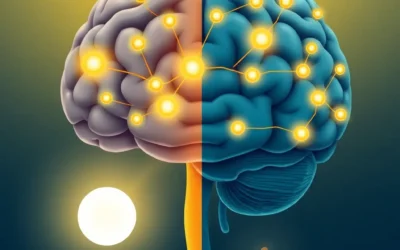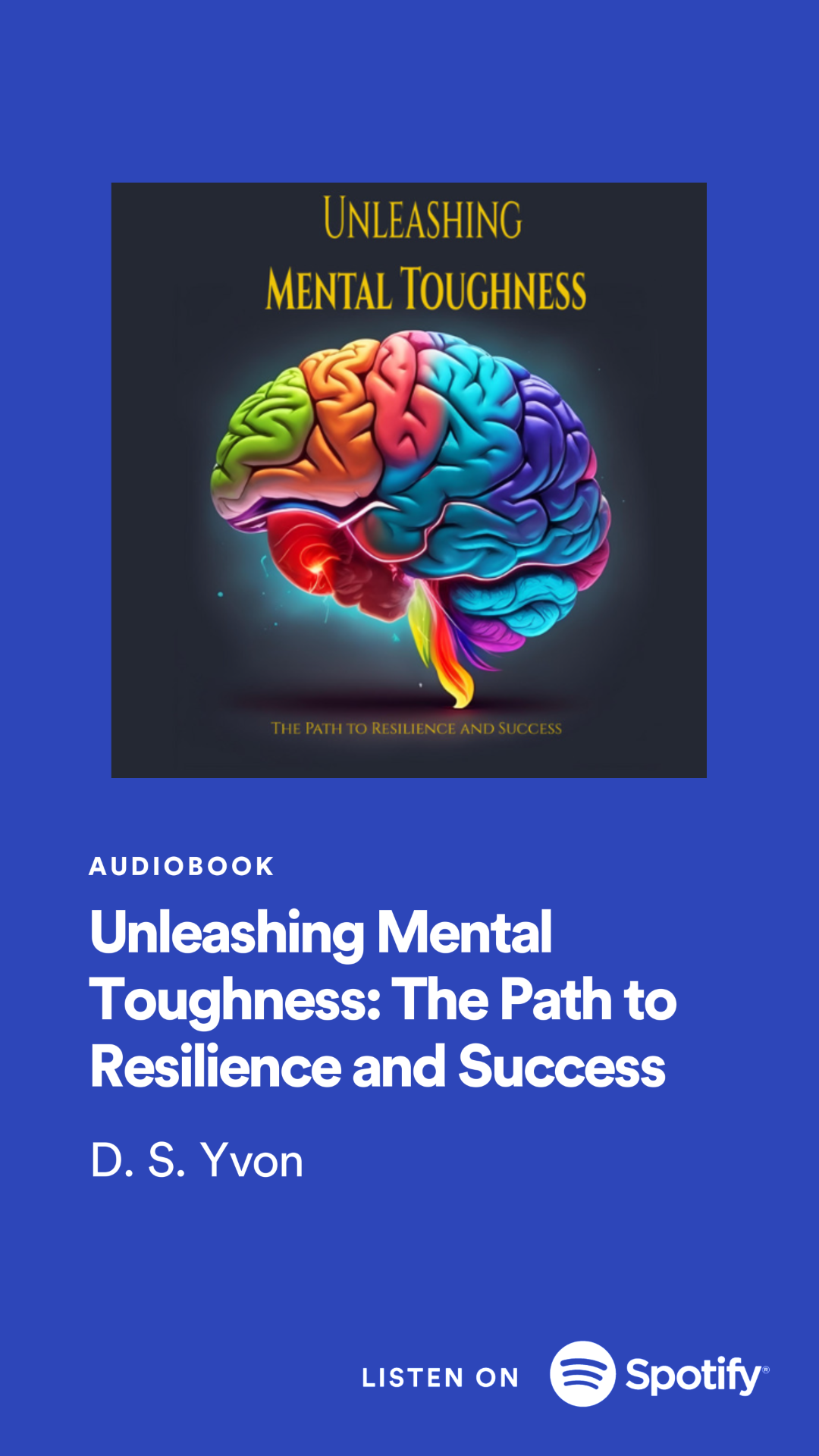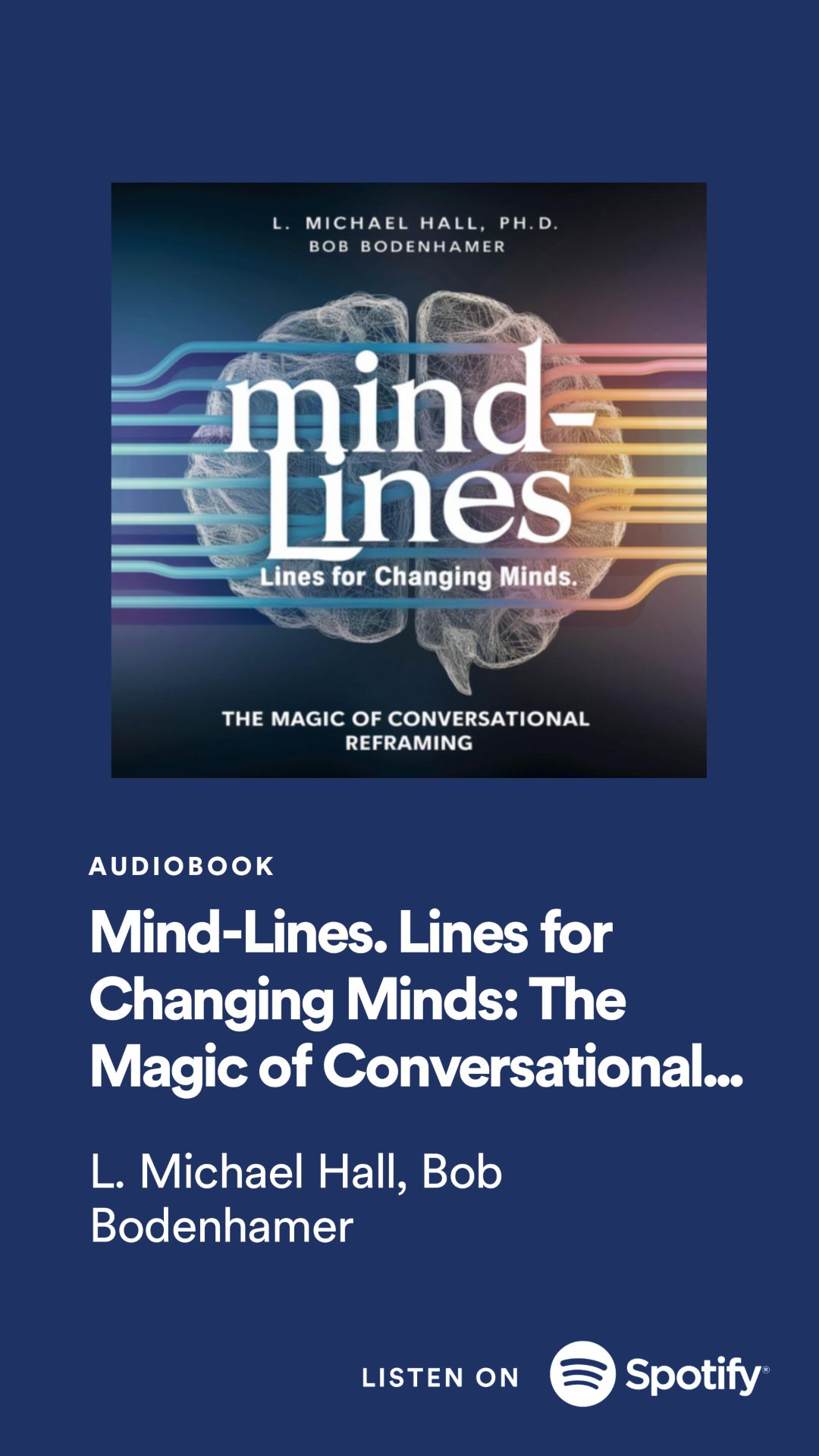Rewriting Emotional Memories: The Science of Memory Reconsolidation
Memory is an integral part of our lives, shaping our perceptions, behaviors, and emotional responses. While many memories fade with time, others, particularly emotional ones, can linger and impact our well-being. But what if we could rewrite these memories to alleviate emotional distress and promote psychological healing? This is where the intriguing concept of memory reconsolidation comes into play. In this article, we will explore the science behind memory reconsolidation and its potential to transform our emotional experiences. We will also delve into the groundbreaking research by Dr. Daniela Schiller, whose seminal work has significantly advanced our understanding of memory reconsolidation.
Understanding Memory Reconsolidation
Memory reconsolidation is a relatively recent discovery in the field of psychology and neuroscience. It challenges the traditional view that once a memory is formed, it remains static and unchangeable. Instead, memory reconsolidation suggests that memories can be updated and altered when they are retrieved and then re-stored. This process opens up exciting possibilities for reshaping our emotional experiences.
The Process of Memory Reconsolidation
Memory reconsolidation occurs in several steps:
1. Memory Retrieval: When we recall a memory, it becomes temporarily malleable. This retrieval can be spontaneous or intentional.
2. Destabilization: Once retrieved, the memory enters a brief state of instability, making it susceptible to modification.
3. Memory Updating: During this phase, new information or experiences can be integrated into the existing memory, potentially changing its emotional charge or meaning.
4. Memory Re-stabilization: After the memory is updated, it is reconsolidated or re-stored. This new version of the memory may differ from the original.
Applications of Memory Reconsolidation
1. Treating Trauma and PTSD: Memory reconsolidation offers hope for individuals suffering from trauma and post-traumatic stress disorder (PTSD). By carefully guiding the reconsolidation process in a therapeutic setting, traumatic memories can be rewritten, reducing their emotional impact and associated symptoms. This has worked exceptionally well with Vietnam veterans (male and female).
2. Overcoming Phobias: Phobias are often rooted in powerful emotional memories. Through controlled exposure and memory reconsolidation techniques, individuals can gradually rewrite these memories and conquer their phobias.
3. Managing Anxiety and Depression: Emotional memories can contribute to anxiety and depression. Therapeutic interventions that harness memory reconsolidation may help individuals reinterpret negative memories, leading to improved mental health.
4. Breaking Addictions: Addictive behaviors are often driven by the rewarding memories associated with substance use. Memory reconsolidation can be employed to weaken the allure of these memories, aiding in addiction recovery.
Daniela Schiller's Seminal Research
Dr. Daniela Schiller, a renowned neuroscientist and psychologist, has made significant contributions to our understanding of memory reconsolidation. Her seminal paper, "Preventing the Return of Fear in Humans Using Reconsolidation Update Mechanisms," published in the journal Nature in 2010, is a landmark study in the field.
Reconsolidation is an adaptive update mechanism by which new information is incorporated into old memories. In the context of fear, reconsolidation refers to the process by which a previously learned fear memory is retrieved and then updated with new information. This process can be targeted to alter fear memories and prevent the return of fear and help people get over bad memories which can help them get over a breakup faster.
How is this research being applied in real-world settings, such as therapy for individuals with anxiety disorders/phobias/PTSD?
Schiller's work has demonstrated that memory reconsolidation can be intentionally triggered and manipulated, offering new avenues for the treatment of various psychological conditions. Her research has opened doors to the development of innovative therapeutic techniques aimed at rewriting emotional memories.
The research suggests that targeting reconsolidation as an update mechanism can provide a safe and easily implemented way to prevent the return of fear. Specifically, the research proposes that incorporating neutral or more positive information during the retrieval of an old fear memory may be possible to permanently modify the fearful properties of this memory. This approach has significant implications for the treatment of anxiety disorders, which rely heavily on extinction which fails multiple ways e.g. reinstatement. By using a more natural intervention that captures the adaptive purpose of reconsolidation, it may be possible to develop new therapies that are more effective and resilient in treating anxiety disorders.
Practical Applications and Therapeutic Techniques
1. Exposure Therapy: This widely used therapeutic approach involves gradually exposing individuals to their fear or trauma-related stimuli in a controlled and safe environment. During this exposure, therapists can guide the reconsolidation process, helping patients update their emotional responses. NOT EXTINCTION. Extinction and reconsolidation are different on many levels.
2. Cognitive-Behavioral Therapy (CBT): CBT techniques can be integrated with memory reconsolidation principles to challenge and reframe negative thought patterns associated with emotional memories.
3. Eye Movement Desensitization and Reprocessing (EMDR): EMDR is a therapeutic approach that incorporates bilateral stimulation to assist in the reprocessing of traumatic memories, making them less distressing.
4. Pharmacological Interventions: Some medications have shown promise in facilitating memory reconsolidation. These include drugs that influence the levels of neurotransmitters involved in memory processes. e.g. Propanol is a protein synthesis inhibitor which prevents the formation of new memories and allows fearful memories to be activated without the fear response.
Ethical Considerations and Future Directions
While the potential of memory reconsolidation for therapeutic purposes is exciting, it raises ethical questions. Manipulating memories, even for therapeutic reasons, poses complex moral dilemmas. Additionally, further research is needed to fully understand the mechanisms and limitations of memory reconsolidation.
Conclusion
The concept of memory reconsolidation challenges our conventional understanding of memory as fixed and unalterable. Dr. Daniela Schiller's groundbreaking research has shed light on the malleability of emotional memories and their potential for transformation. As science continues to unravel the intricacies of memory reconsolidation, it holds the promise of offering new hope and healing for individuals grappling with the emotional burdens of trauma, phobias, anxiety, and addiction. While ethical concerns and complexities remain, the prospect of rewriting emotional memories presents an exciting frontier in the fields of psychology and neuroscience, offering the potential for profound personal transformation and improved mental health.
Daniela Schiller, Associate Professor, Mount Sinai Hospital on groundbreaking research on memory and the brain mechanism to erase traumatic memories.
























